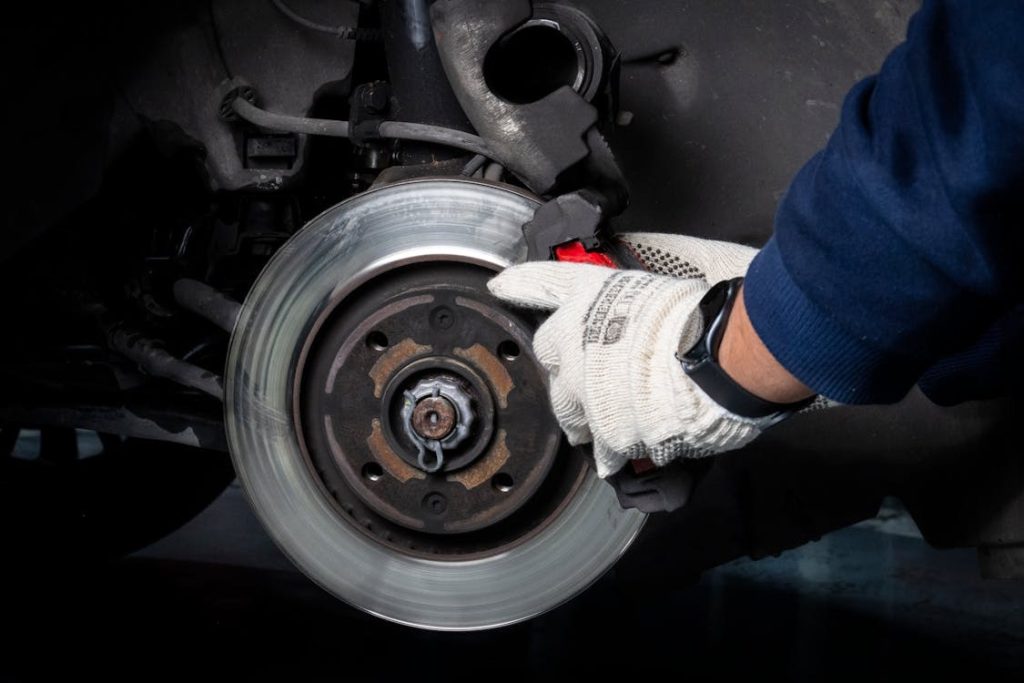In the intricate and demanding world of power generation, machinery must operate with maximum efficiency and reliability. One of the most critical components in turbines, generators, and motors is the rotor—responsible for converting mechanical energy into electrical energy or vice versa. Given its central role, even minor faults in a rotor can lead to significant disruptions. This is where a rotor repair company becomes essential to the seamless operation and long-term performance of power generation plants.
From diagnosing faults to conducting advanced repairs and preventive maintenance, rotor repair companies ensure the heart of power machinery continues to beat steadily. This article explores the ways in which a rotor repair company supports the power generation industry, offering both technical expertise and operational security.
1. Understanding the Role of Rotors in Power Generation
Rotors are rotating components found in a range of power-generating equipment, such as:
- Steam and gas turbines
- Hydroelectric generators
- Electric motors and alternators
These components are subjected to intense mechanical, thermal, and electrical stresses. Over time, wear, corrosion, and vibration can cause misalignments, cracks, or imbalances. If not addressed promptly, rotor failures can lead to complete shutdowns, costly replacements, or even safety hazards.
2. Critical Support Functions of a Rotor Repair Company
A rotor repair company plays several key roles in maintaining power plant operations:
a. Expert Inspection and Diagnostics
Before any repairs begin, rotor specialists perform a thorough assessment using:
- Non-Destructive Testing (NDT) such as ultrasonic, dye penetrant, and magnetic particle inspections
- Vibration analysis
- Thermal imaging
- Electrical resistance measurements
These evaluations allow the company to identify micro-cracks, imbalance issues, and other hidden defects without dismantling the entire system.
b. Precision Rotor Balancing
One of the most common issues in rotating machinery is rotor imbalance. Even a slight imbalance can lead to excessive vibration, noise, and bearing damage.
Rotor repair companies use dynamic balancing techniques—both in-house and on-site—to bring rotors back within acceptable tolerance levels. Balancing ensures smooth operation, reduces wear on surrounding components, and extends the lifespan of the machine.
c. Mechanical Repairs and Rebuilding
A skilled rotor repair company can carry out various mechanical repairs, including:
- Shaft straightening and journal grinding
- Welding and crack repairs
- Blade tip and rotor slot repairs
- Bearing journal reclamation
- Thermal spray coatings and surface restoration
By restoring rotors to their original tolerances and mechanical strength, repair companies help avoid costly replacements and prevent future failures.
d. Electrical Repairs and Rewinding
In generators and motors, rotor winding degradation is a frequent issue. A rotor repair company offers:
- Rewinding of rotor coils
- Replacement of insulation systems
- Electrical testing (surge, high-potential, and insulation resistance tests)
These services ensure the rotor’s electrical performance matches OEM standards and is safe for continued operation.
3. On-Site Support for Minimal Downtime
For power plants operating 24/7, extended shutdowns are not an option. Reputable rotor repair companies offer on-site services, including:
- In-situ balancing and alignment
- Portable NDT testing
- Emergency repairs and rapid response teams
This capability helps power generation companies minimize downtime and reduce the logistical burden of transporting large components.
4. Extending Equipment Lifespan
One of the most valuable contributions of a rotor repair company is in life extension services. Through regular maintenance, condition monitoring, and timely repairs, rotor service providers can help extend the operational life of equipment by several years—sometimes even decades.
This translates into major cost savings for the plant, as the capital expenditure required for full equipment replacement is significantly deferred.
5. Compliance and Quality Assurance
Power generation is a highly regulated industry with strict safety and quality standards. Rotor repair companies adhere to national and international guidelines, such as:
- ISO 9001 for quality management
- ASME and ASTM standards for materials and repairs
- NEMA and IEEE electrical standards
Comprehensive documentation, repair records, and quality control protocols ensure that every repair meets the highest safety and performance requirements.
6. Customization and Engineering Upgrades
Many rotor repair companies don’t just restore equipment to its original state—they engineer upgrades that improve efficiency, resilience, or capacity. For instance:
- Upgrading rotor materials to resist higher temperatures or corrosion
- Redesigning components for better aerodynamic performance
- Implementing advanced coatings to reduce friction and erosion
These engineering solutions enable power plants to boost output and reliability while staying competitive.
7. Sustainability and Environmental Benefits
Rotor repair services contribute to the sustainability goals of the power sector. By repairing rather than replacing components, these companies:
- Reduce industrial waste
- Lower the environmental impact of manufacturing new parts
- Support circular economy initiatives
This aligns with global efforts to make power generation more eco-friendly, particularly in fossil fuel-based and hybrid plants.
8. Case Study Example: Avoiding a Catastrophic Shutdown
Consider a steam turbine plant facing rising vibrations in one of its main rotors. After inspection by a rotor repair company, it was discovered that a hairline crack was forming along the shaft. A complete replacement would have required a 6-week shutdown and extensive procurement delays.
Instead, the repair company performed on-site crack removal, welding, and shaft straightening. The rotor was dynamically balanced and reinstalled within 5 days—saving the plant over $1 million in downtime and avoided penalties from energy distributors.
Conclusion
A rotor repair company is not just a service provider—they are strategic partners in the power generation ecosystem. From emergency repairs to long-term maintenance planning, their role is crucial to ensuring consistent energy production, operational efficiency, and regulatory compliance.
As the demand for reliable and sustainable power continues to grow, so too does the need for skilled rotor repair services. Power plants that invest in such partnerships can expect fewer disruptions, extended equipment life, and better returns on their infrastructure investments.

